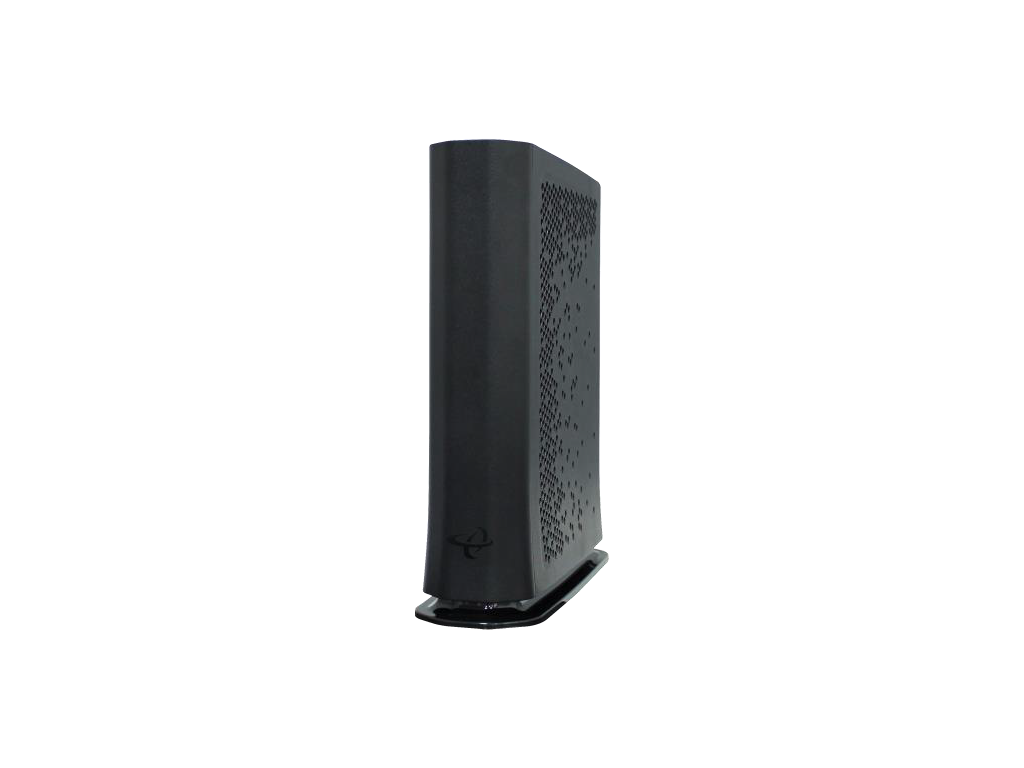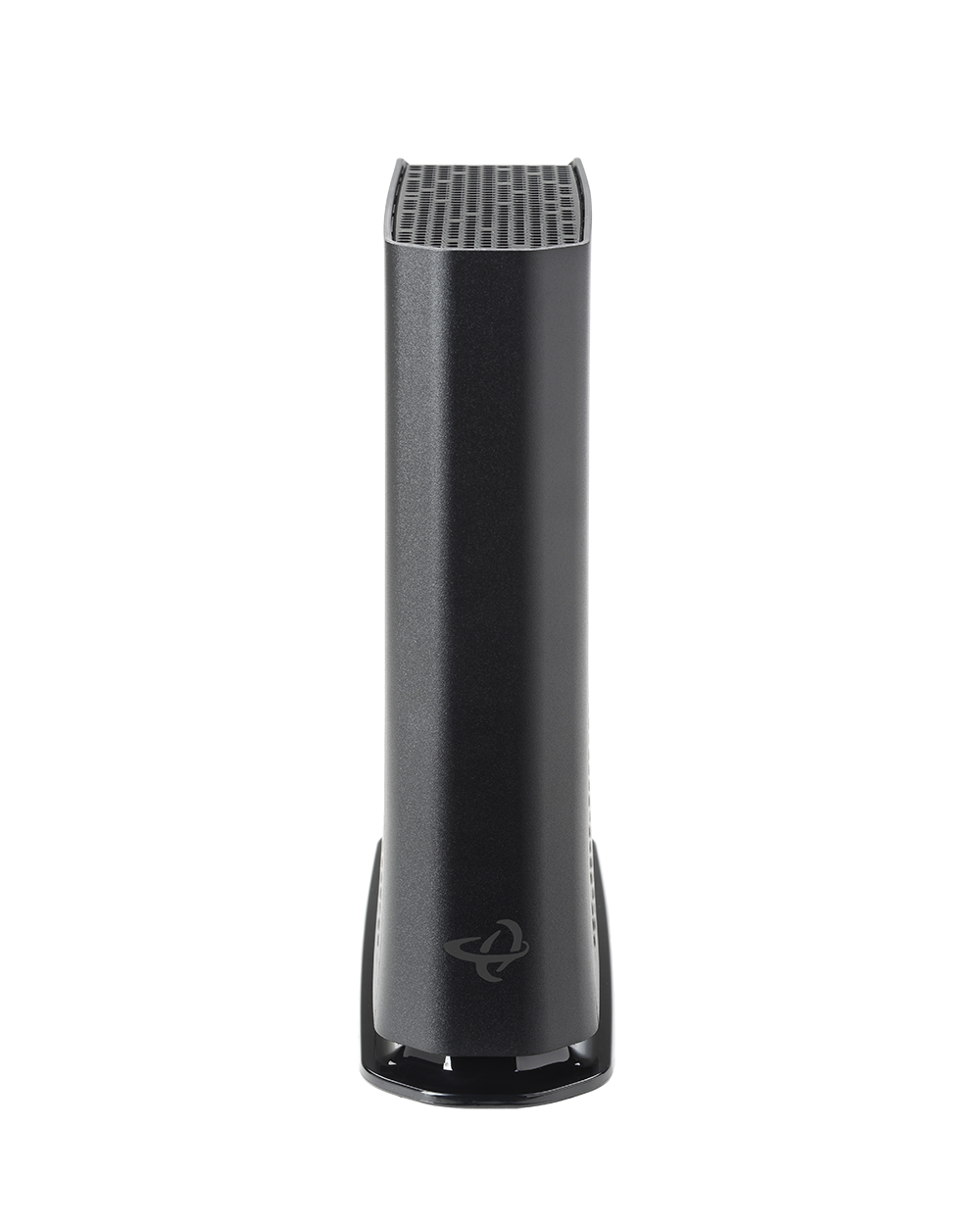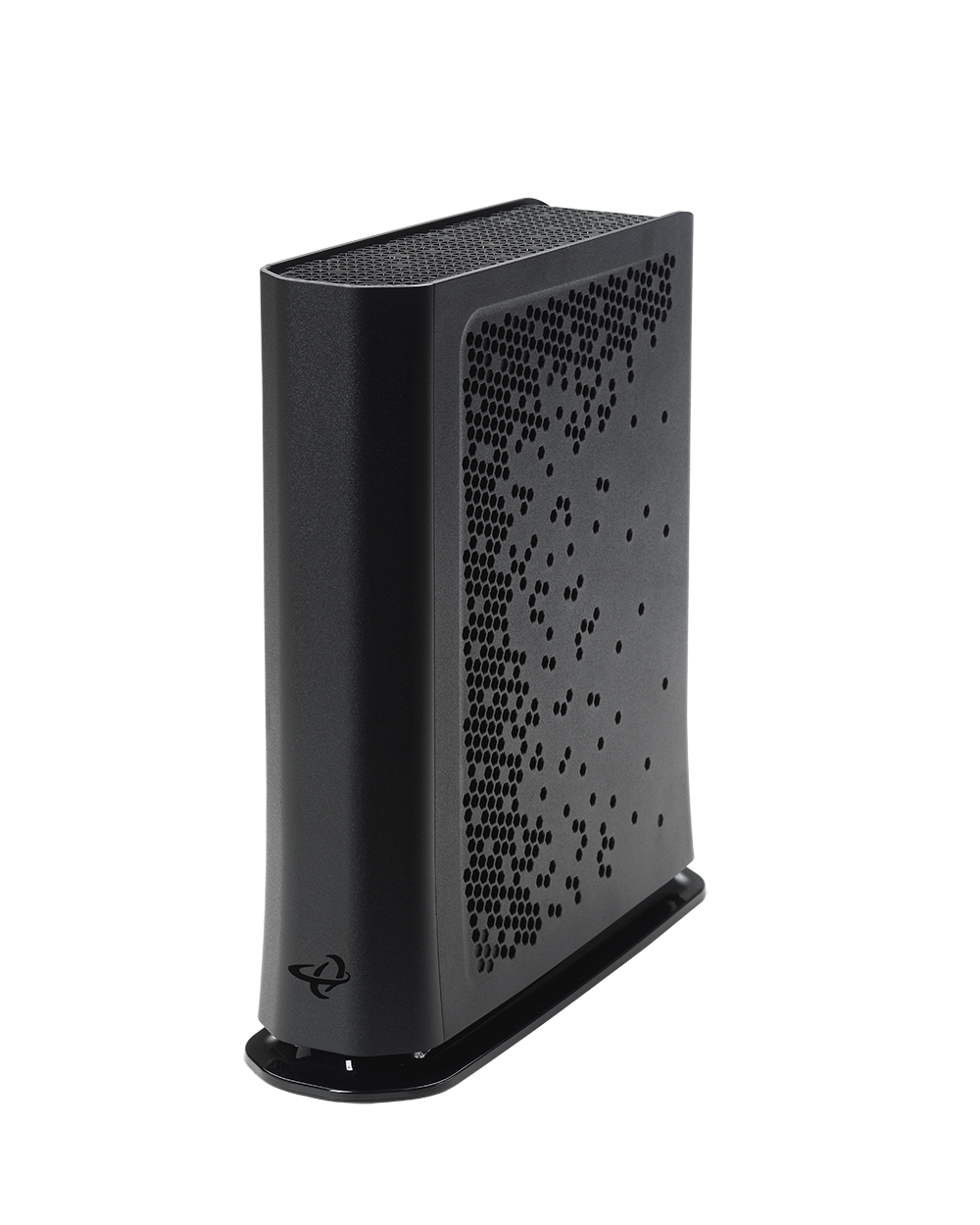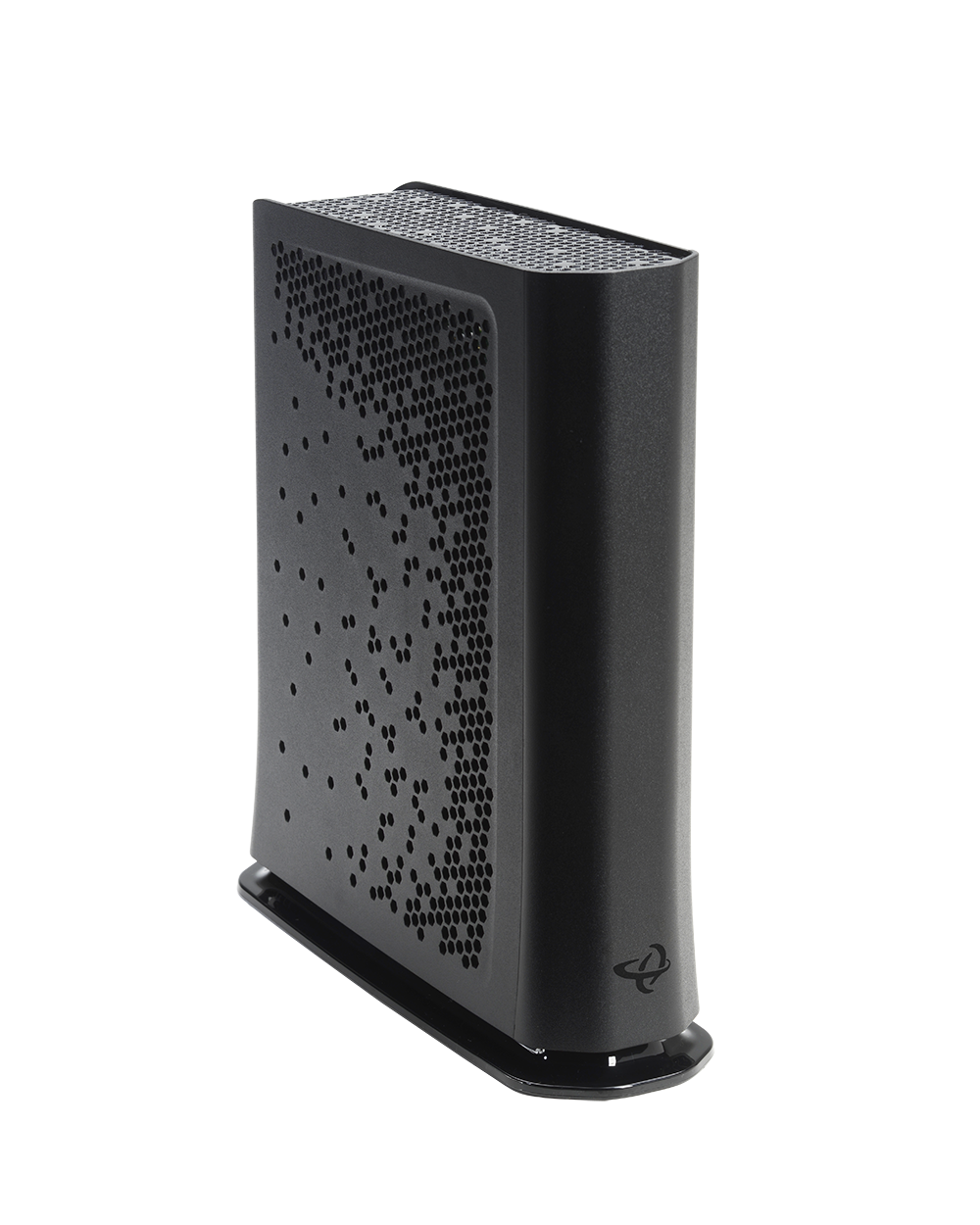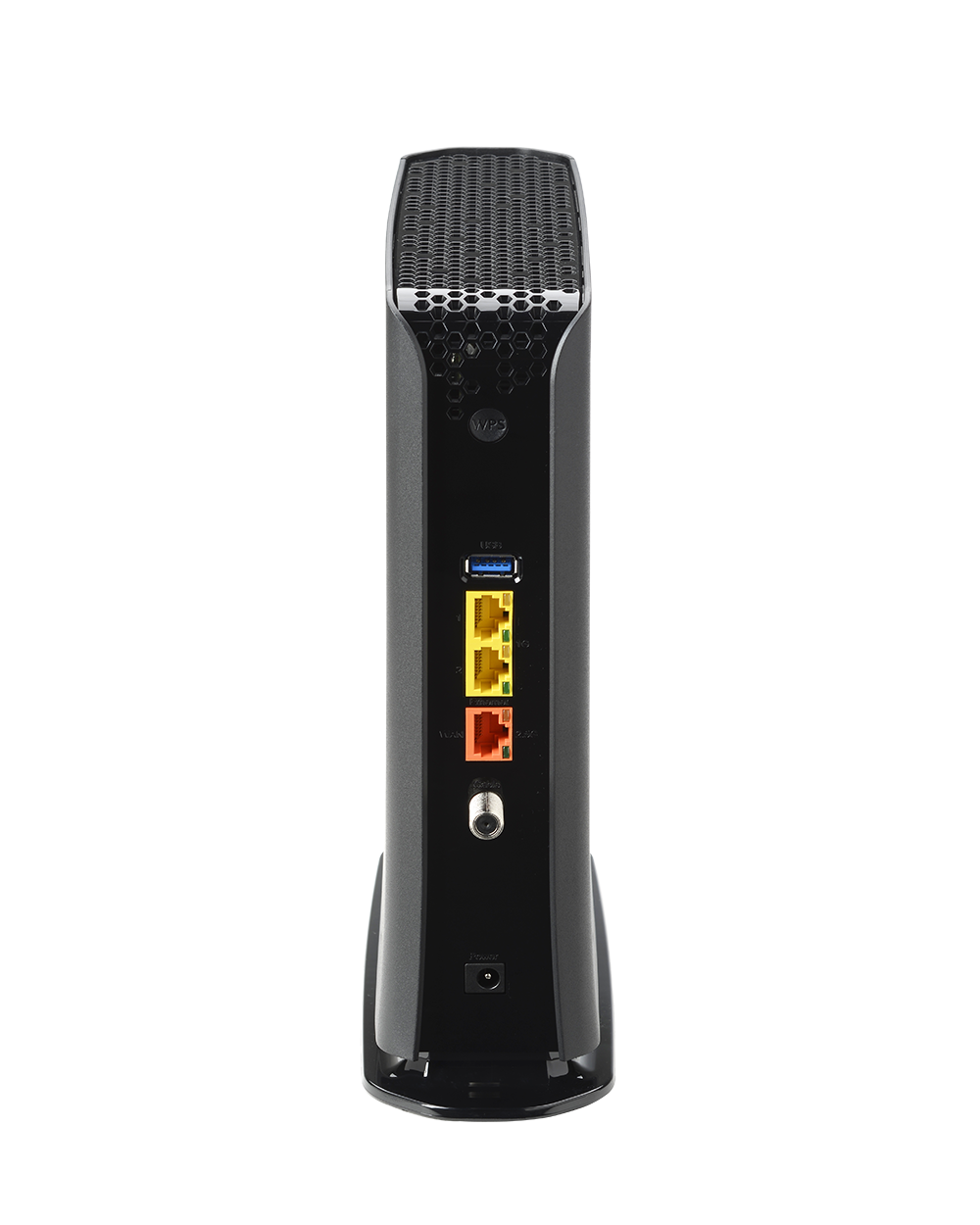Multi-Gig DOCSIS 3.1 Performance
With 2×2 OFDM/OFDMA and DOCSIS 3.0 32×8 bonding, the CODA-5712 delivers reliable multi-gigabit downstream capability while maintaining backward compatibility with DOCSIS 3.0 networks.
Switchable Upstream Frequency
Operators can toggle between 5–85 MHz and 5–204 MHz upstream paths, enabling smooth migration to high-split or future network architectures without swapping out hardware.
Robust Wi-Fi 6 Coverage
Dual-band Wi-Fi 6 with 4×4 5 GHz and 4×4 2.4 GHz radios delivers faster speeds, lower latency, and more efficient performance for multiple connected devices.
Built-in MoCA 2.0 Bonding
Turns existing coax wiring into a high-speed backbone—ideal for extending Wi-Fi coverage or providing stable wired connectivity in hard-to-reach areas.
Enhanced Wired Connectivity
Equipped with 1× 2.5 Gbps Ethernet port and 2× 1 Gbps ports for premium wired connections, plus a USB 3.0 port for media and NAS use cases.
Effortless Setup & Remote Management
Supports SNMP, TR-069, TR-369, HNAP, MyHitron+, and HitronCloud for simplified provisioning, diagnostics, and lifecycle management.
Benefits for Service Providers
- Comprehensive One-Box Solution: Combines DOCSIS 3.1, Wi-Fi 6, and MoCA into one device, reducing the need for multiple pieces of equipment.
- Future-Ready: Flexible upstream tuning ensures operators are prepared for evolving network upgrades.
- Hybrid Connectivity: MoCA delivers wired stability via coax while Wi-Fi 6 ensures high-capacity wireless coverage.
- Operational Efficiency: Streamlined deployments with remote management reduce support costs and truck rolls.
Key Specifications
- DOCSIS Support: DOCSIS 3.1 (2×2 OFDM/OFDMA) + DOCSIS 3.0 (32×8)
- Upstream Tuning: Switchable 5–85 MHz / 5–204 MHz
- Wi-Fi: Dual-band Wi-Fi 6 (4×4 5 GHz + 4×4 2.4 GHz)
- MoCA: Bonded MoCA 2.0 for high-speed coax-based wired uplinks
- Ethernet Ports: 1× 2.5 Gbps + 2× 1 Gbps
- USB Port: 1× USB 3.0
- Management: SNMP, TR-069, TR-369, HNAP, MyHitron+ app, HitronCloud
Documentation
Other Products to Consider
Product
Modem Type
Frequency
WiFi
Wired LAN
Voice
Learn More about Cable Modems & Routers
DOCSIS 3.1 Technology Explained
Currently, DOCSIS 3.1 technology is the best on the market for cable modems. You might already know this, but it is important to also know why DOCSIS 3.1 is the best. To understand why it’s the best, you need to understand DOCSIS technology and how it works. ...
What is a DLNA Media Server on My Router?
The DLNA (Digital Living Network Alliance) is a trade organization that sets standards and guidelines for home networking devices. It makes media file access within your home network easier. This includes sharing content across PCs, smartphones, tablets, smart TVs,...
What is the Advantage of MU-MIMO?
MU-MIMO is a feature of today’s WiFi that makes your wireless Internet usage better. Here’s what you need to know about MU-MIMO and its advantages. What is MU-MIMO & How does it work? MU-MIMO stands for Multi-User, Multi-Input, Multi-Out. It is a feature...
Cable Modem Router: 2.4 GHz vs 5 GHz Wi-Fi
Today’s Wi-Fi connected devices demand a lot from your cable modem router and wireless service, which means you may find yourself looking to upgrade to a router that boasts both 2.4 GHz and 5 GHz bands (also known as dual-band). 2.4 GHz and 5 GHz refer to the two...
WiFi Cable Modem Routers Explained: Benefits of 802.11ax WiFi vs 802.11ac WiFi
A cable modem router, also known as a gateway, is a combination device that performs both the modem and the router functions. This means that the cable modem router communicates with Internet service providers (ISP) for an Internet connection and distributes the...
